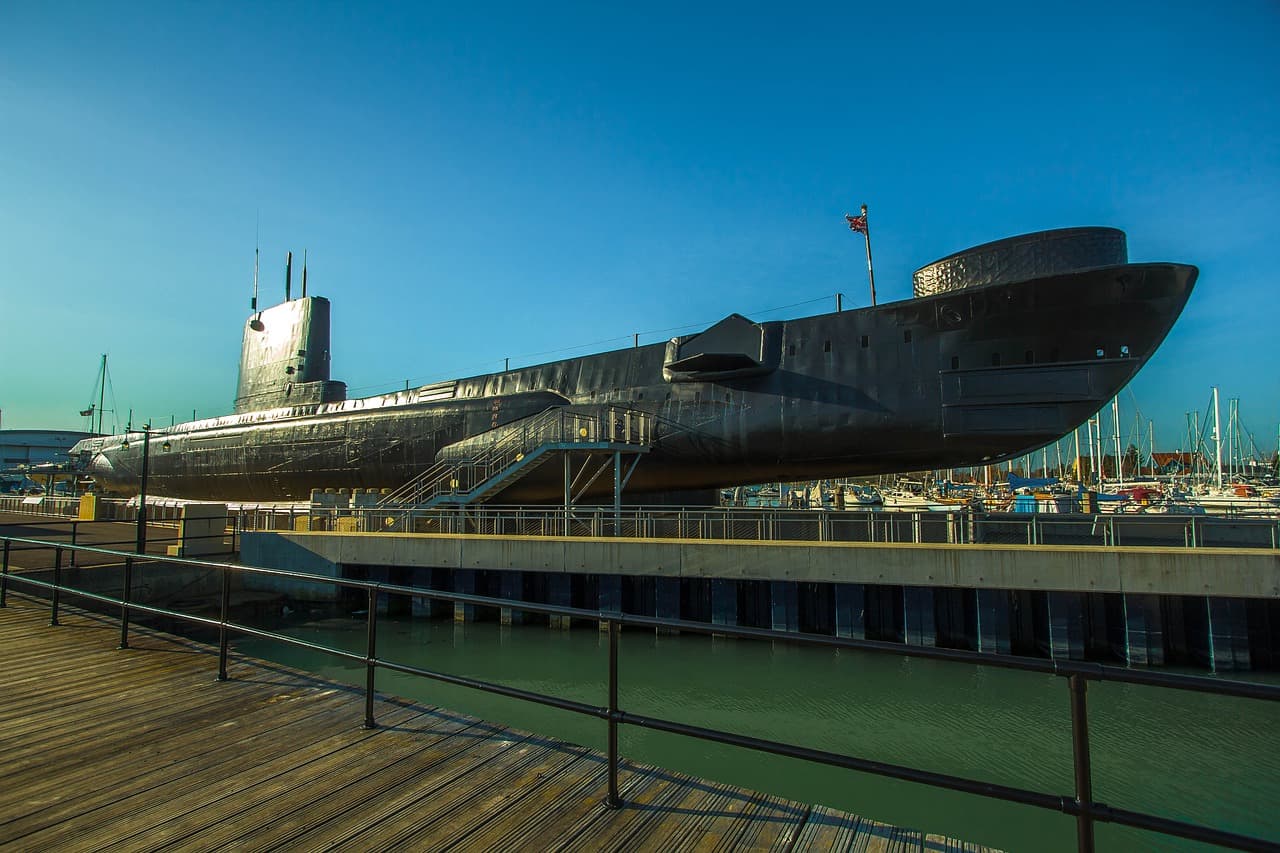Civilian vs. Military Submarines: Exploring the Differences in Design and Function
Submarines, those incredible vessels capable of underwater travel, have fascinated people for decades. They come in two primary forms: military and civilian. Each type serves different purposes and, as such, their design and functionality vary significantly. In this article, we'll dive deep into the distinctions between civilian and military submarines, exploring how each is tailored to meet specific needs.
Design Differences
Military Submarines
-
Stealth Features: Military submarines are designed with stealth in mind. They are built to be difficult to detect by radar and sonar, using specialized materials and hull designs.
-
Armament: These submarines are equipped with torpedoes, missiles, and other weapons systems for defense and attack missions.
-
Robustness: Military submarines are built to endure extreme conditions and potential combat situations. They have reinforced structures to withstand higher pressure depths.
-
Propulsion: Often powered by nuclear reactors, military submarines can remain submerged for months without surfacing for air or fuel.
Civilian Submarines
-
Comfort and View: Civilian submarines prioritize comfort and visibility. They often feature large viewing ports or transparent sections made from acrylic or other materials to provide clear views of the underwater world.
-
Size and Capacity: These submarines are generally smaller and designed for fewer people, focusing on personal or small group experiences.
-
Safety Features: Civilian models emphasize safety for passengers, including easy-to-operate emergency systems and comfortable living conditions for short trips.
-
Propulsion: Typically powered by battery or low-capacity diesel engines, civilian submarines have limited underwater endurance and range compared to their military counterparts.
Shop Marine Safety & Flotation Devices Now
Functional Differences
Military Submarines
- Surveillance and Espionage: Military submarines often undertake secret missions to gather intelligence or monitor enemy movements.
- Combat Operations: They are a critical part of naval warfare, capable of launching attacks on ships, other submarines, or land targets.
- Special Operations: Military submarines can deploy special forces for covert operations, often involving stealth landings on foreign shores.
Civilian Submarines
- Research and Exploration: Many civilian submarines are used by scientists for oceanographic research, underwater archaeology, and marine biology studies.
- Tourism: Submarine tourism is a growing industry, offering passengers the chance to experience underwater environments without the need for scuba diving.
- Underwater Construction and Maintenance: Some civilian submarines assist in the installation and maintenance of underwater structures, pipelines, and cables.
Examples of Each Type
- Military Submarine: The Virginia-class submarines of the United States Navy, known for their stealth and advanced weaponry.
- Civilian Submarine: The DeepFlight Dragon, designed for personal leisure, capable of diving to depths of 400 feet with panoramic views for passengers.
Conclusion
The world of submarines is diverse, with each type designed and utilized for specific tasks. Military submarines focus on defense, attack, and stealth capabilities, while civilian submarines are geared towards research, tourism, and public engagement. Understanding these differences highlights the incredible versatility and engineering marvels of submarines in both civilian and military contexts.
For further information or to explore more about submarines, you can chat with Mavyn GPT or connect with a human expert at Mavyn, where we offer both AI and human expert help services to answer all your questions.
